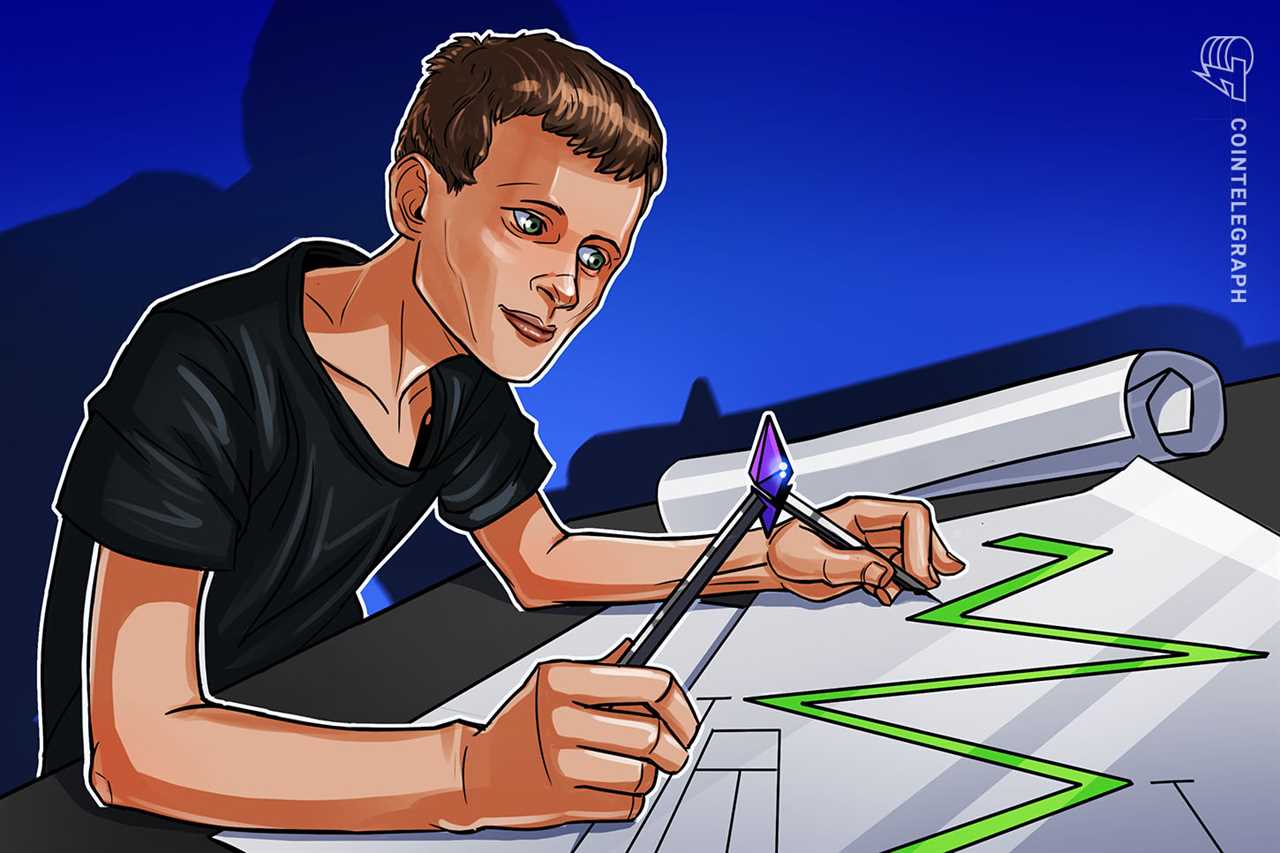
Introduction
Co-founder Vitalik Buterin believes that the Ethereum layer-2 ecosystem will continue to evolve with various technological approaches. In a recent blog post, Buterin discussed the current landscape of Ethereum's scaling ecosystem, highlighting different layer-2 protocols that aim to enhance scaling capacity, reduce costs, and improve security.
Layer-2 Protocols
Buterin mentioned Ethereum Virtual Machine (EVM) rollups pioneered by projects like Arbitrum, Optimism, Scroll, Kakarot, and Taiko, which have significantly improved the security of their solutions. Additionally, he noted the role of "sidechain projects" like Polygon in developing their own rollup solutions. Buterin also highlighted other important players such as zkSync, Arbitrum Stylus, and Starknet, which are driving scaling technology for the Ethereum ecosystem.
Heterogeneity in Layer 2
Buterin expects a trend of layer-2 projects becoming more heterogeneous due to the diverse approaches being pursued. He believes this trend will continue for several key reasons, as outlined in his blog post.
Transition Challenges
Some projects that currently exist as independent layer-1 solutions are looking to integrate themselves into the Ethereum ecosystem as layer-2s. However, this transition is challenging as it requires careful consideration. An "all at once" approach would decrease usability, while postponing the transition may result in losing momentum. Buterin also mentioned that certain centralized, non-Ethereum projects are exploring blockchain-based solutions to offer users greater security assurances.

Non-Financial Applications
Buterin also discussed non-financial applications such as games and social media platforms that aim to be decentralized but do not require high levels of security. He provided a social media use case, emphasizing the need for separate functionality for different parts of the app. Buterin acknowledged the trade-offs and costs associated with different rollup solutions and systems, highlighting the importance of security and connectedness to Ethereum for various applications.
Upcoming Hard Fork and Data Availability
Buterin mentioned that Ethereum's next scheduled hard fork, introducing EIP-4844 (referred to as "proto-dank sharding"), is expected to significantly increase the network's data availability. He also noted the improvements in data compression that enable greater functionality.
Conclusion
The Ethereum layer-2 ecosystem is continuously evolving with diverse technological approaches. Buterin's insights shed light on the current landscape and highlight the importance of scalability, security, and connectedness to Ethereum for various applications.
Did you miss our previous article...
https://trendinginthenews.com/crypto-currency/crypto-startup-bastion-secures-money-transmitter-licenses-in-us






